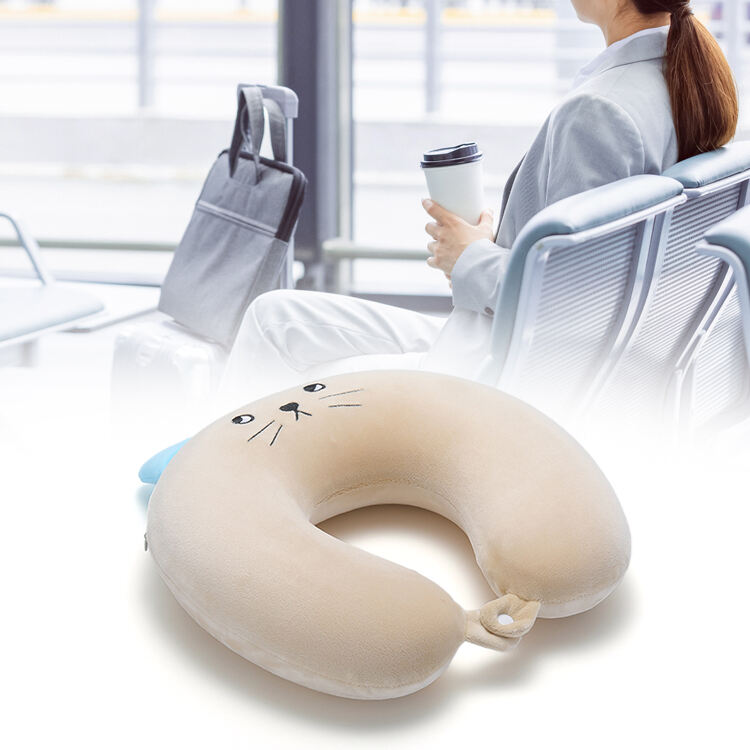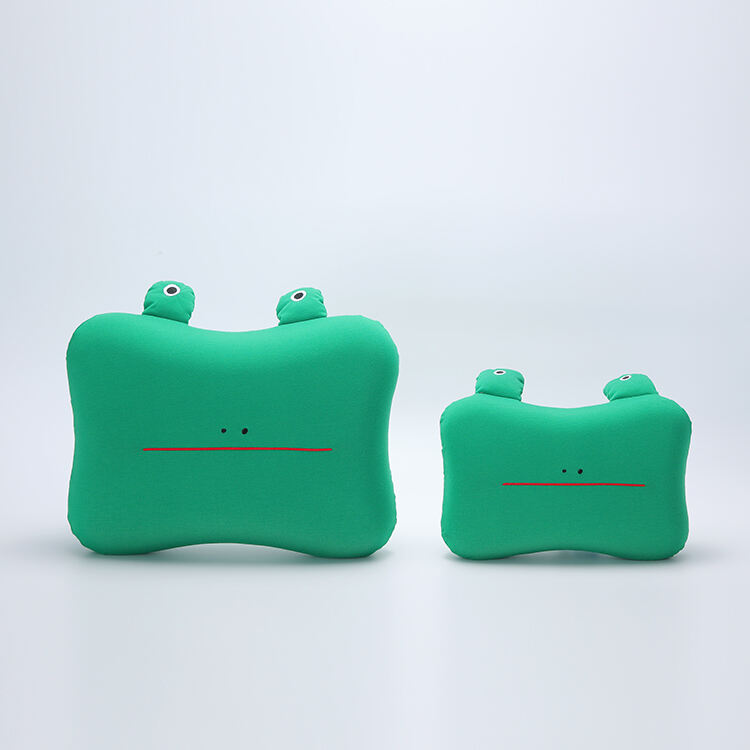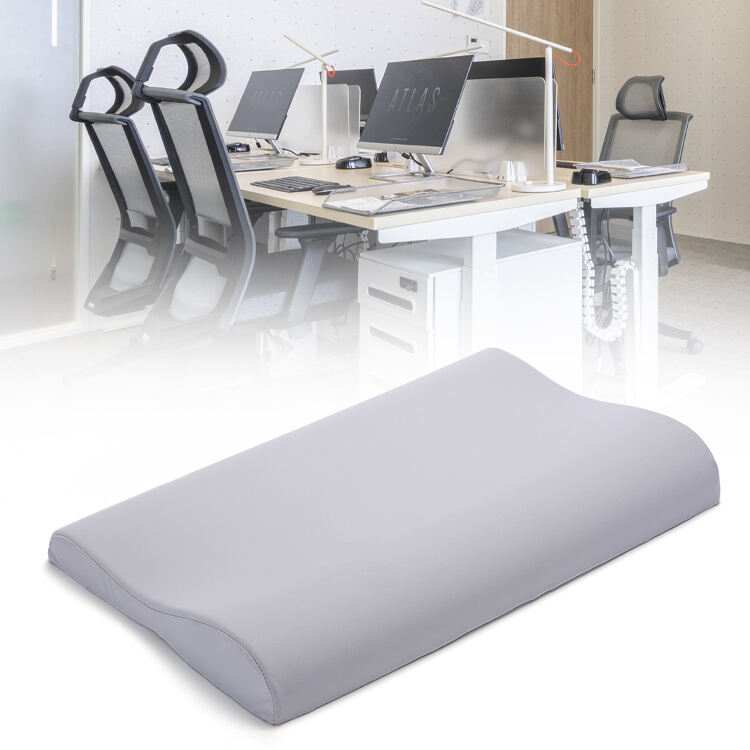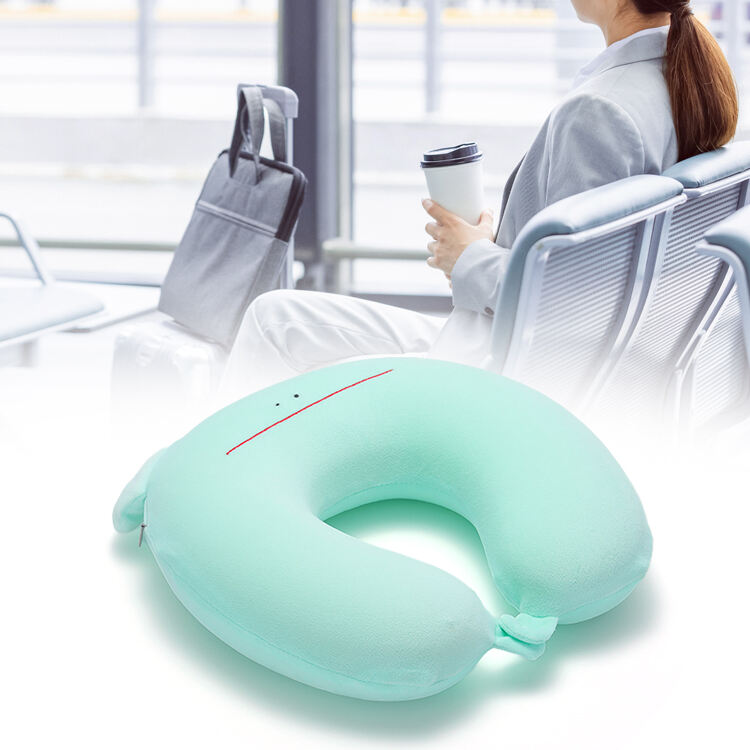Why Nighttime Overheating Ruins Your Sleep Quality
Excessive heat retention in traditional pillows disrupts REM cycles, with studies showing sleepers change positions 28% more frequently when using non-breathable materials. Memory foam's density often traps body heat, creating microclimates reaching 5°F warmer than room temperature.
Breakthroughs in Cooling Pillow Technology
Modern designs combine open-cell foam structures with phase-change materials that absorb 40% more thermal energy. Gel-infused layers work synergistically with bamboo-derived rayon covers to wick moisture 3x faster than cotton, while strategic ventilation channels increase airflow by 60% compared to solid foam designs.
Critical Features for Temperature-Neutral Sleep
* Hyper-airflow shredded foam clusters
* Phase-change cooling gel particles
* Moisture-wicking Tencel covers
* Adjustable fill density controls
* Ergonomic cervical support channels
Matching Pillow Firmness to Sleep Positions
Side sleepers require 4.5"-6" loft with reinforced edge support, while stomach sleepers need 2"-3.5" low-profile designs. Combination sleepers benefit from dual-zone shredded foam that adapts to position changes without creating pressure points.
Proven Maintenance for Lasting Freshness
Use enzymatic cleaners weekly to break down oil deposits in foam cells. Sun-drying reactivates cooling gels' thermal properties. Rotate pillow orientation biweekly to evenly distribute compression wear. Replace every 24-30 months as foam cells lose 38% elasticity.
Solving the Memory Foam Heat Dilemma
New hybrid designs reduce heat retention by 72% through copper-infused fibers that conduct heat away from pressure zones. Perimeter ventilation ports create convection currents, while 3D spacer fabrics add millimeter-level airflow pockets throughout the pillow core.









